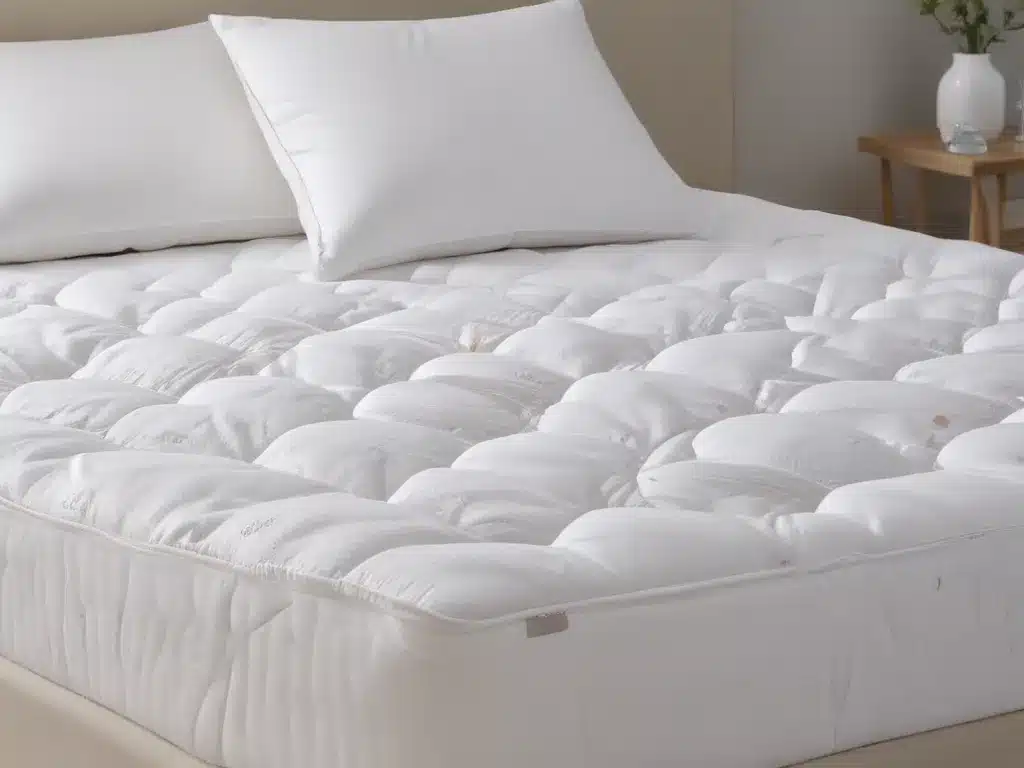Introduction
A mattress – is a vital component of a good night’s sleep. However, over time, it can accumulate allergens, dust mites, and bacteria, potentially causing respiratory issues, skin irritations, and other health problems. Regular mattress cleaning is crucial to maintain a healthy sleeping environment. In this comprehensive guide, I will provide you with effective strategies to remove allergens and bacteria from your mattress, ensuring a fresher, cleaner, and more hygienic sleep experience.
Understanding the Importance of Mattress Cleaning
A mattress – is a breeding ground for various allergens and bacteria. Over time, it can accumulate:
- Dust mites: Microscopic creatures that thrive in warm, humid environments and feed on dead skin cells.
- Pet dander: Tiny flakes of skin shed by pets, which can trigger allergic reactions.
- Mold and mildew: Fungi that can grow in damp environments and cause respiratory issues.
- Bacteria: Microscopic organisms that can cause infections and unpleasant odors.
Neglecting to clean your mattress regularly can lead to a buildup of these allergens and bacteria, potentially exacerbating allergies, asthma, and other respiratory problems. Regular cleaning not only improves air quality but also extends the lifespan of your mattress.
Preparing for Mattress Cleaning
Before you begin the cleaning process, it’s essential to gather the necessary supplies. Here’s what you’ll need:
- Vacuum cleaner with a HEPA filter and upholstery attachment
- Enzyme-based cleaner or mild detergent
- Baking soda
- Essential oils (optional)
- Clean cloths or rags
- Mattress protector (optional)
Additionally, ensure that you have proper ventilation in the room by opening windows or using fans to facilitate drying.
Step-by-Step Mattress Cleaning Process
-
Strip the Bed: Remove all bedding, including sheets, mattress protectors, and pillows. This will give you full access to the mattress surface.
-
Vacuum the Mattress: Use the upholstery attachment on your vacuum cleaner to remove loose debris, hair, and surface dust from the mattress. Pay special attention to seams and crevices where allergens and dust can accumulate.
-
Spot Clean Stains: If you notice any stains or spills on the mattress, treat them immediately. Dip a clean cloth in a solution of mild detergent and warm water, and gently dab the stained area. Avoid saturating the mattress with too much moisture.
-
Apply Baking Soda: Sprinkle a generous amount of baking soda over the entire mattress surface. Baking soda has natural deodorizing and absorbent properties that help remove odors and moisture.
-
Let the Baking Soda Sit: Allow the baking soda to sit on the mattress for at least 30 minutes to an hour. This gives it time to absorb moisture and odors.
-
Vacuum the Baking Soda: After the designated waiting time, vacuum the mattress thoroughly to remove the baking soda and any trapped debris.
-
Enzyme-Based Cleaning (Optional): For stubborn stains or odors, consider using an enzyme-based cleaner designed specifically for mattresses. Follow the manufacturer’s instructions for application and drying time.
-
Freshen with Essential Oils (Optional): If desired, you can sprinkle a few drops of your favorite essential oils (such as lavender or lemon) onto the mattress to provide a fresh, natural scent.
-
Air Dry the Mattress: Once the cleaning process is complete, allow the mattress to air dry completely before reassembling the bed. This may take several hours or even a full day, depending on the level of moisture and ventilation.
-
Protect Your Mattress: Consider investing in a high-quality mattress protector to create a barrier against future allergens, spills, and stains. This will make future cleaning easier and prolong the lifespan of your mattress.
Frequency of Mattress Cleaning
It’s recommended to deep clean your mattress every six months to a year, or more frequently if you have allergies, asthma, or pets in the household. Additionally, it’s a good practice to spot clean spills or stains as soon as they occur to prevent them from setting in and becoming more challenging to remove.
Additional Tips and Considerations
-
Sunlight: Exposing your mattress to direct sunlight can help kill certain bacteria and allergens. However, be cautious as prolonged exposure can cause discoloration or damage to the mattress materials.
-
Mattress Rotation: Regularly rotating and flipping your mattress can help distribute wear and tear, prolonging its lifespan and preventing the formation of indentations or sagging areas where allergens and bacteria can accumulate.
-
Professional Cleaning: If your mattress is heavily soiled or has a significant buildup of allergens and bacteria, you may consider hiring a professional mattress cleaning service. They have specialized equipment and techniques to thoroughly clean and sanitize your mattress.
-
Mattress Replacement: Over time, even with regular cleaning, mattresses can become worn and less effective at providing a comfortable and healthy sleeping environment. Consider replacing your mattress every 7-10 years or sooner if it shows visible signs of wear and tear.
Conclusion
Maintaining a clean and hygienic mattress is essential for your overall health and well-being. By following the steps outlined in this guide, you can effectively remove allergens, bacteria, and odors from your mattress, creating a fresher and more comfortable sleeping environment. Regular cleaning, combined with proper mattress care, will not only improve your sleep quality but also extend the lifespan of your mattress. Prioritize mattress cleaning as part of your routine, and enjoy the benefits of a healthier and more restful night’s sleep.







